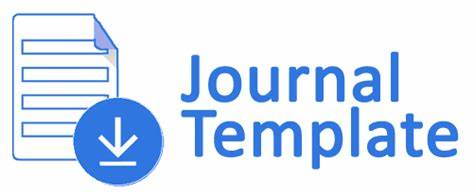Studi Literatur Pengukuran Rasa Ingin Tahu Siswa Sekolah Dasar
DOI:
https://doi.org/10.69630/jm.v2i1.15Keywords:
Curiosity measurement, elementary school students' curiosity, curiosity indicatorAbstract
It is important to measure students' curiosity in elementary schools to understand the extent to which students have curiosity, educators and researchers can identify areas that need improvement and develop appropriate learning strategies. This literature study aims to describe indicators of curiosity that have been used in research for the last 5 years starting from 2018 to 2023, as well as to analyze the trend of high and low curiosity in elementary school students. This research uses various national and international journal databases. The scope of elementary school students' curiosity indicators: excitement and motivation; asking and inquiry, attention and focus; information seeking and problem solving. The results of the study show that the tendency to be curious will be high when students see something interesting and new, when the teacher acts as a facilitator, when learning is delivered by peers, and when the learning described by the teacher cannot be found by students in their textbooks.









